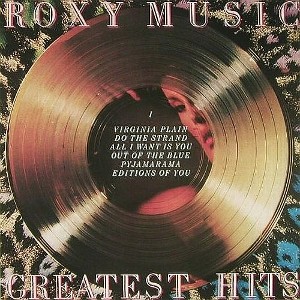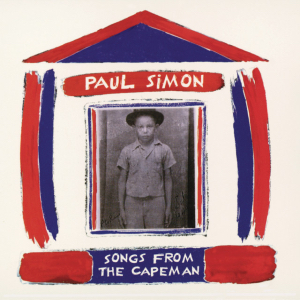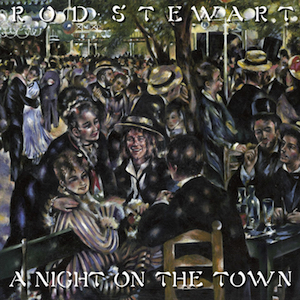After a few years of less-than-stellar music, and seeing the genre now called R&B evolving without him, Prince needed to start making hits again. To his credit, he began working with a set collective of musicians with whom he could interact, and thus The New Power Generation was brought forward. Some members even took prominent roles in the videos and other appearances, in the spirit of the Revolution an eternal half-decade before. (They also included dancers and rappers, which we’ll get to soon enough.)
Diamonds And Pearls confidently presented the new combo; Prince being Prince, the artwork sported a holograph, and the interchangeable women flanking him on the cover and the videos were dubbed Diamond and Pearl.
He must have been inspired, as research tells us that for the first time in forever, all the tracks were developed specifically for the album, with nothing recycled from the vault. It’s a solid set start to finish, and paced well. “Thunder” has a dark groove, and “Daddy Pop” focuses on fun; unfortunately, NPG rapper Tony M takes over the second half of the song, and will elsewhere. Vocalist and keyboard player Rosie Gaines makes a much better impression on the title track, which was one of many hit singles, as was “Cream”. He dusts off his falsetto for the mildly jazzy “Strollin’” and “Willing And Able”, while the more decadent “Gett Off” was wisely chosen to provoke as the first single.
“Walk Don’t Walk” features protégée Elisa Fiorillo prominently, and cleverly uses a car horn sample as part of the track. It’s a sharp detour into “Jughead”, a Tony M showcase that sounds like a cross between The Time and Digital Underground and just doesn’t fit, the closing “argument” being particularly intrusive. “Money Don’t Matter 2 Night” is much more like it, a mid-tempo confection, then “Push” confuses everything, combining his early funk, Clare Fischer strings, and interjections from Rosie and Tony. “Insatiable” is complete slow jam along the lines of “International Lover”, but rather than end the album there, “Live 4 Love” turns the beat up again. Seeing as it’s subtitled “Last Words From The Cockpit”, perhaps the connection was intended; it even takes time for an extended guitar solo, a rarity on this album.
We’ve given a lot of Prince albums the three-star rating, even the more trying ones. Diamonds And Pearls was very much in the R&B vein, and far away from guitar-driven rock, so those of us not concerned with the pop charts didn’t pay much attention. (His propensity for turbans and buttless pants didn’t excite us much either.) But it was clear the little freak still had it, and deserved the sales that followed.
It took a while, but a long-gestating expansion program finally appeared in celebration of the album’s 32nd birthday. The remastered album was paired with a disc of “single mixes and edits” for the Deluxe Edition, whereas the Super Deluxe Edition added another three hours of vault tracks, including songs written for and/or recorded at the time by the likes of Rosie, Chaka Khan, Mavis Staples, and Martika, plus two discs devoted to a concert at his Glam Slam nightclub. This is a hot show, focusing on the album but including previews of “The Sacrifice Of Victor” and “Sexy M.F.”—the next album already being complete—plus his reclaimed “Nothing Compares 2 U”. “Cream” and “1999” kick off lengthy jams, the latter into “Baby I’m A Star”. Tony M is all over it, and the set ends with the standard version of “Gett Off” followed by the “Houstyle” arrangement. (A Blu-ray included the video of this show and others, along with the complete Diamonds And Pearls Video Collection, which interspersed videos with band interviews.) All together, a motherlode for fans of the album.
Prince & The New Power Generation Diamonds And Pearls (1991)—3
2023 Deluxe Edition: same as 1991, plus 15 extra tracks (Super Deluxe Editions adds another 47 tracks plus Blu-ray)




_cover.jpg)



.jpg)
:format(jpeg):mode_rgb():quality(90)/discogs-images/R-4345613-1443987285-1119.jpeg.jpg)